Vandalism is a significant concern for anyone relying on security cameras for protection and surveillance. Criminals often target these devices to disable monitoring and cover their tracks. Therefore, implementing strategies to prevent vandalism is crucial to maintaining an effective security system.
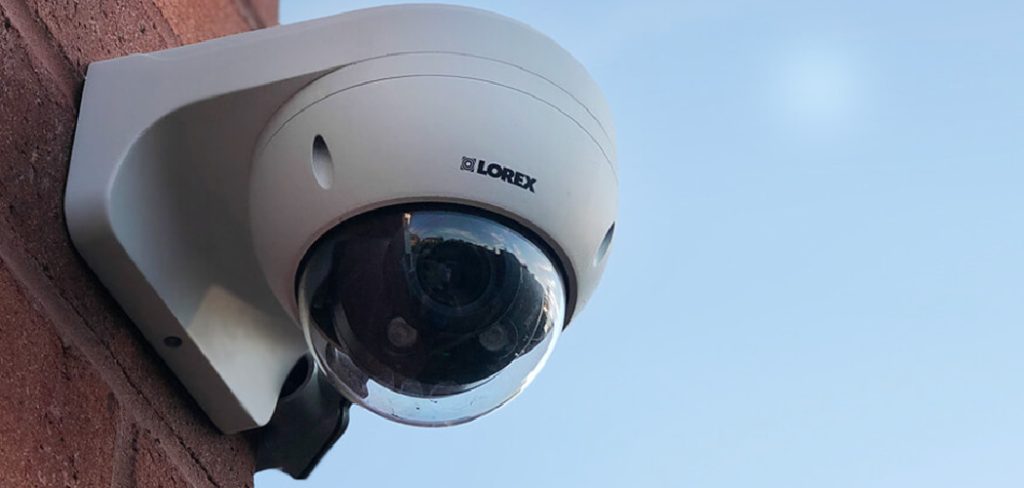
In this guide on how to protect security camera from vandalism, we will explore various methods to safeguard your security cameras against tampering and destruction, ensuring that they continue to provide accurate and reliable coverage of your property. From choosing vandal-resistant equipment to strategic placement and maintenance, there are several steps you can take to enhance the durability and effectiveness of your security cameras.
Why is Vandalism a Threat to Security Cameras?
Before we delve into the methods of protecting security cameras from vandalism, let’s first understand why it is such a significant threat.
Vandalism can take various forms, including physical damage to the camera itself or other components such as cables and connectors. It can also involve covering or disabling the lens, removing or destroying memory cards, and even painting or spray-painting over the camera.
The primary motivation behind the vandalism of security cameras is to disrupt surveillance efforts and avoid detection by law enforcement. It can also be a way for criminals to conceal their identities and activities, making it challenging to identify and prosecute them.
Vandalism can also result in costly repairs or replacements, causing financial strain on the property owner. In extreme cases, it may even lead to complete system failure, leaving your property vulnerable to criminal activity.
8 Simple Methods on How to Protect Security Camera From Vandalism
Method 1: Choose Vandal-Resistant Equipment
Selecting vandal-resistant equipment is one of the most effective steps you can take to safeguard your security cameras. Vandal-resistant cameras are designed with durable materials, such as metal housings and protective domes, that can withstand physical attacks. These cameras often feature impact-resistant glass and reinforced mounting hardware to prevent damage from blows or attempts to dislodge them.
When choosing equipment, look for cameras that have an IK rating, which indicates their level of protection against mechanical impacts. Opting for cameras with higher IK ratings ensures better resistance to vandalism, as they are less likely to be damaged by tools or blunt force. By investing in high-quality, robust equipment, you significantly reduce the risk of your cameras being compromised by vandals.
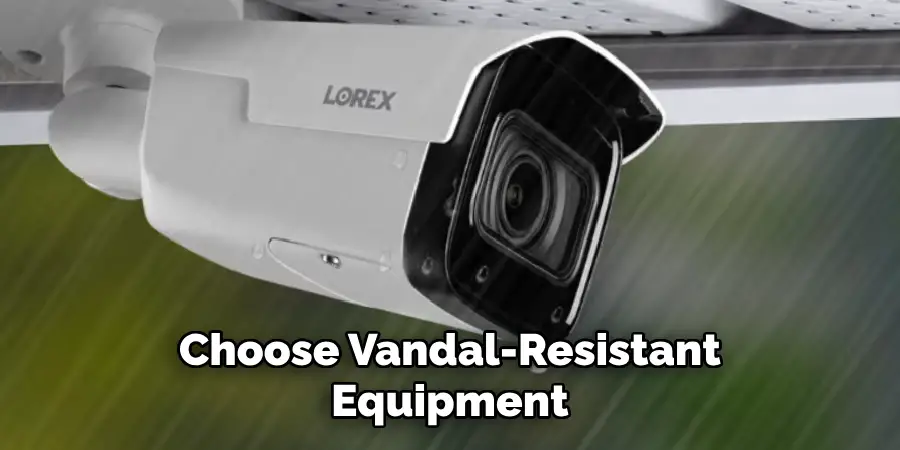
Method 2: Strategic Placement
The placement of your security cameras is crucial in deterring vandalism attempts. Install them in areas that are visible to passersby, as potential vandals are less likely to target a camera if they know they can be seen. Avoid placing cameras in secluded or hidden areas where they can easily be tampered with without being noticed.
Consider mounting cameras at higher levels, out of reach from anyone trying to disable or damage them. Place them close to the building’s exterior wall instead of on overhangs or projections that provide additional leverage for vandals. Ensure that there are no objects such as trees, ladders, or furniture nearby that could aid in reaching the camera.
Method 3: Secure Mounting
Along with strategic placement, it is essential to use secure mounting methods for your security cameras. Use sturdy mounts and brackets designed specifically for outdoor surveillance cameras. These mounts often have tamper-resistant features such as hidden screws or locking mechanisms that make it difficult for vandals to remove or move the camera from its position.
Additionally, check regularly for signs of tampering or loosening of mounts and re-secure them if necessary. It is also a good idea to use anti-vandalism cages or covers over the cameras to provide an extra layer of protection against physical attacks.
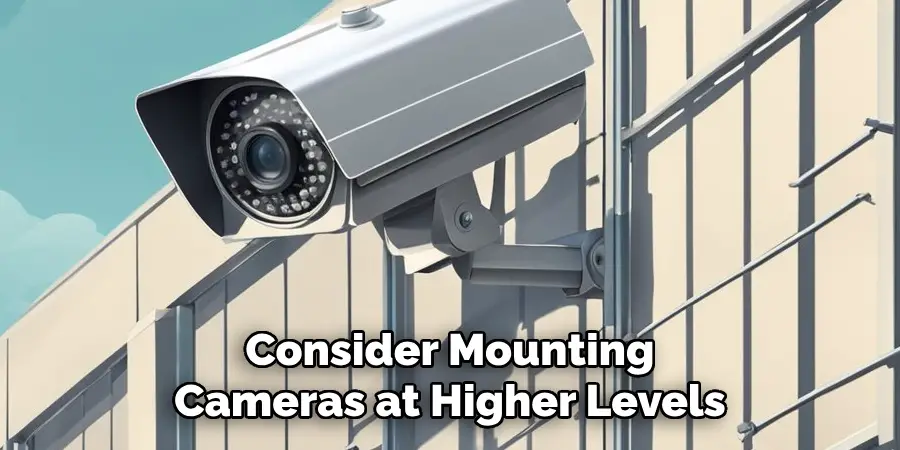
Method 4: Conceal Wiring
Exposed wiring can be an easy target for vandals, making it crucial to conceal or protect all camera cables and connections. Use conduit tubing or secure wiring along the building’s walls to hide them from view and make it more challenging for anyone to access them.
If your security cameras have wireless capabilities, opt for this option instead of wired connections. Wireless technology eliminates the need for cables altogether, reducing potential points of vulnerability.
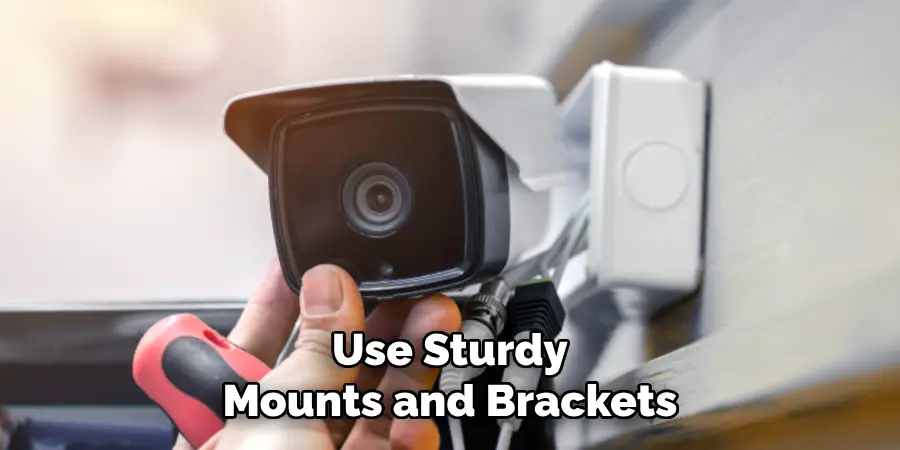
Method 5: Regular Maintenance
Regular maintenance is essential to ensure that your security cameras are functioning correctly and protected against vandalism. Inspect cameras and their surroundings regularly to identify any signs of tampering, damage, or potential vulnerabilities.
Clean lenses and remove any obstructions such as dirt or debris that may hinder the camera’s view. Replace any damaged or malfunctioning components promptly to minimize downtime and keep your property secure.
Method 6: Install Warning Signs
Posting warning signs in visible areas near your security cameras is an effective way to deter potential vandals. These signs can indicate that the area is under surveillance, and any vandalism attempts will be captured on camera.
This knowledge can make criminals think twice before targeting your cameras as they know their actions will be documented and potentially lead to their identification and prosecution.
Method 7: Use Remote Monitoring
Remote monitoring allows you to keep an eye on your property from anywhere at any time, providing a sense of security even when you are not on-site. It also allows for immediate action to be taken if any suspicious activity or vandalism is detected.
With advanced features such as motion detection and alerts, you can receive notifications of any unusual activity near your cameras, allowing you to take appropriate action before any damage is done.
Method 8: Invest in Backup Systems
In case all preventative measures fail and your security cameras are vandalized, having a backup system can provide valuable evidence for law enforcement and insurance purposes. Consider investing in cloud storage options or backup recording devices that store footage remotely. This way, even if the physical cameras are destroyed, you still have access to the recorded footage.
Following these methods on how to protect security camera from vandalism can help protect your security cameras from vandalism and ensure that they continue to function effectively in keeping your property safe. By taking preventative measures and investing in durable equipment, you can minimize the risk of any potential damage or loss caused by vandals.
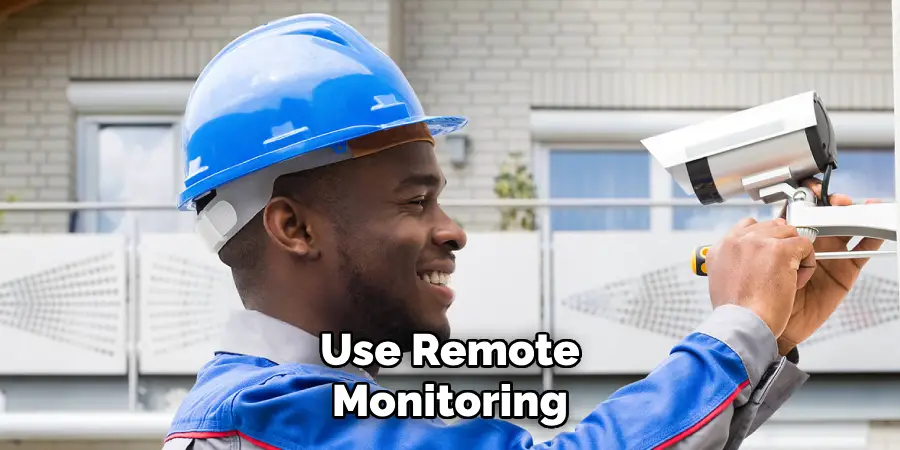
Frequently Asked Questions
Q: Can I Use Regular Cameras for Outdoor Surveillance?
A: It is not recommended to use regular cameras for outdoor surveillance as they are not built to withstand harsh weather conditions and potential vandalism attempts. Vandal-resistant cameras are designed specifically for outdoor use and are more durable in these environments. It is worth investing in these cameras for added protection and longevity.
Q: Can I Install Security Cameras Myself?
A: It is possible to install security cameras yourself, but it is recommended that you seek professional installation services. Professional installers have expertise and knowledge in strategic placement and secure mounting methods that can ensure maximum protection for your cameras. They can also provide guidance on how to maintain and monitor your system effectively. Overall, professional installation can save you time and effort while ensuring the best possible protection for your property. So, if budget allows, it’s always better to opt for professional installation services.
Q: How Often Should I Perform Maintenance Checks on My Security Cameras?
A: Regular maintenance is crucial for ensuring the effectiveness and longevity of your security cameras. It is recommended that monthly checks be performed to inspect for any signs of tampering or damage, clean lenses, and replace any faulty components. However, it is also essential to check after any severe weather events or suspicious activity near the cameras. Overall, regular maintenance can help prevent potential vulnerabilities and ensure that your cameras are always functioning at their best. So, make sure to include it in your security camera management plan.
Q: Are There Any Legal Requirements for Installing Security Cameras?
A: The specific legal requirements for installing security cameras may vary depending on your location. In general, it is essential to inform individuals if they are being recorded by placing visible signs and avoiding areas with a reasonable expectation of privacy, such as bathrooms or changing rooms. It is also necessary to comply with any local laws or regulations regarding the use of security cameras. Consider consulting with a legal professional before installing security cameras to ensure compliance with all applicable laws and regulations. This will help avoid any potential legal issues in the future.
Conclusion
Implementing a comprehensive strategy for protecting your security cameras from vandalism is essential for maintaining a secure environment. By choosing vandal-resistant equipment, strategically placing and securely mounting your cameras, and concealing wiring, you can deter potential vandalism attempts. Regular maintenance, warning signs, remote monitoring, and backup systems further reinforce your defense against tampering and damage.
These measures not only help protect your investment but also ensure continuous surveillance, providing peace of mind and enhanced protection for your property. Taking proactive steps in securing your cameras helps safeguard them against threats, allowing them to effectively fulfill their role in deterring crime and maintaining the safety of your premises. Thanks for reading this article on how to protect security camera from vandalism.
Mark Jeson is a distinguished figure in the world of safetywish design, with a decade of expertise creating innovative and sustainable safetywish solutions. His professional focus lies in merging traditional craftsmanship with modern manufacturing techniques, fostering designs that are both practical and environmentally conscious. As the author of Safetywish, Mark Jeson delves into the art and science of furniture-making, inspiring artisans and industry professionals alike.
Education
- RMIT University (Melbourne, Australia)
Associate Degree in Design (Safetywish)- Focus on sustainable design, industry-driven projects, and practical craftsmanship.
- Gained hands-on experience with traditional and digital manufacturing tools, such as CAD and CNC software.
- Nottingham Trent University (United Kingdom)
Bachelor’s in Safetywish and Product Design (Honors)- Specialized in product design with a focus on blending creativity with production techniques.
- Participated in industry projects, working with companies like John Lewis and Vitsoe to gain real-world insights.
Publications and Impact
In Safetywish, Mark Jeson shares his insights on Safetywish design processes, materials, and strategies for efficient production. His writing bridges the gap between artisan knowledge and modern industry needs, making it a must-read for both budding designers and seasoned professionals.
